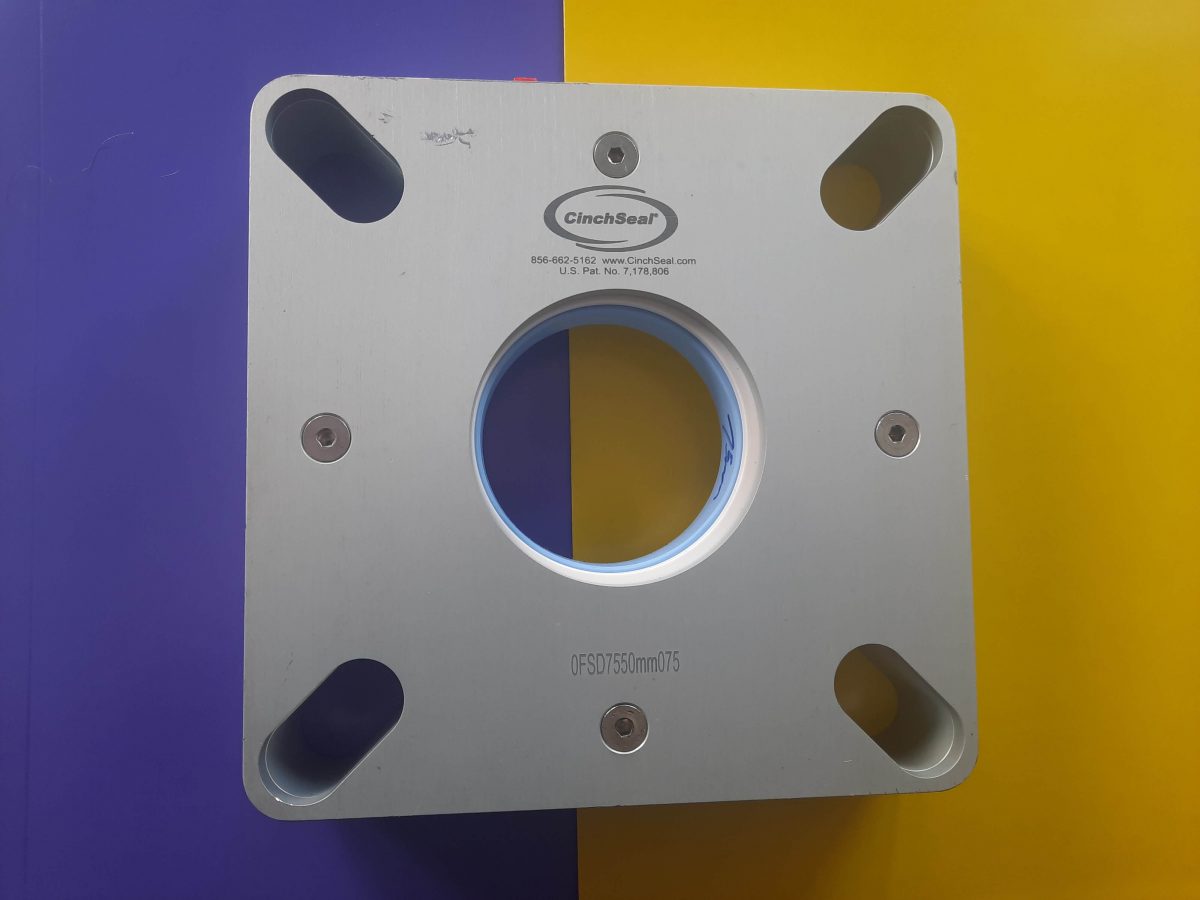Rotary shaft seals, plug the gaps between stationary and moving components of mechanical machinery. These seals are used to stop material from escaping and damaging shaft bearings, creating environmental issues , loosing expensive product also they can prevent dangerous contaminants from entering the machinery and damaging it.
These seals are used on multiple applications for motors, axles, gas applications and in the food and chemical processing industries. Choosing the right shaft seal will determine how well your machinery functions and its lifespan, so making the right decision is paramount. There are multiple options to choose from, so we’re going to talk you through the most common types and how to make the right decision.
Rotary Shaft Seal Materials
Rotary shaft seals are made from different materials. The most common are:
- Silicone: Withstands temperatures between -60 degrees and 200 degrees, absorbs large quantities of lubricant and reduces wear and friction.
- Polytetrafluoroethylene (PTFE): Low friction, resists abrasion, works at high temperatures, needs minimal lubrication.
- Polyurethane: Works between -15 degrees and 85 degrees, best for hydraulic applications where compounds are exposed to wear and tear. Strong and good at resisting abrasion.
- Fluorosilicone: Works best at -60 degrees to 180 degrees. Able to resist solvents, oil and fuel, and resistant to gasolene petroleum making it great for use in the automotive industry.
- Fluorinated Ethylene: Withstands temperatures between -55 and 205 degrees. Resistant to the majority of chemicals and it’s a tough, absorbent polymer.
What Factors Should You Consider When Buying a Rotary Seal?
As you can see, the most common materials work at different temperatures and absorption rates, and they’re not all compatible with the same chemicals. The seal you choose will depend on these factors and the industry you work in. However, you should also consider the following:
Shaft Speed: If your shaft is moving at high speeds, it’s more likely to experience wear and tear over time. Make sure you know what speed your shaft is moving at, the runout and the housing bore so you can choose the most appropriate materials. For example, if your seal will be regularly exposed to high speeds, you should choose a material like Polyurethane which does well in high-stress environments. As a general rule, you should always seal the smallest diameter of the shaft to reduce friction and surface speed.
Shaft Surface Finish
When choosing a rotary seal, you’ll need to take the roughness and hardness of the shaft into account.
Here, the term ‘roughness’ refers to the unevenness of the shaft. Roughness is measured by measuring the high and low points of a shaft’s surface and calculating the remaining difference. A rough seal could create leakage paths through the shafts low points.
To minimise roughness, hardness and excessively smooth seals, you’ll need to choose the appropriate finish for your seal. To reduce friction, the finish of a shaft should be 20-24 µin Ra (0.5-0.6 µm) to improve its capacity to hold lubrication. The groove of the seal should also be finished correctly to prevent the seal from rotating within it and wearing it down. The recommended finish for a groove is 63-85 µin Ra (1.6-2.1 µm).
When choosing a seal, you should remember that there is a range of fillers and specifications to comply with. Finding a solution that fits your budget, can handle the task and can guarantee safe practice can be challenging. If you can’t find a seal to meet your needs, you may need to design a custom one. If you’d like more information on rotary seals and custom orders, contact the Wrights Dowson Group for more information.









